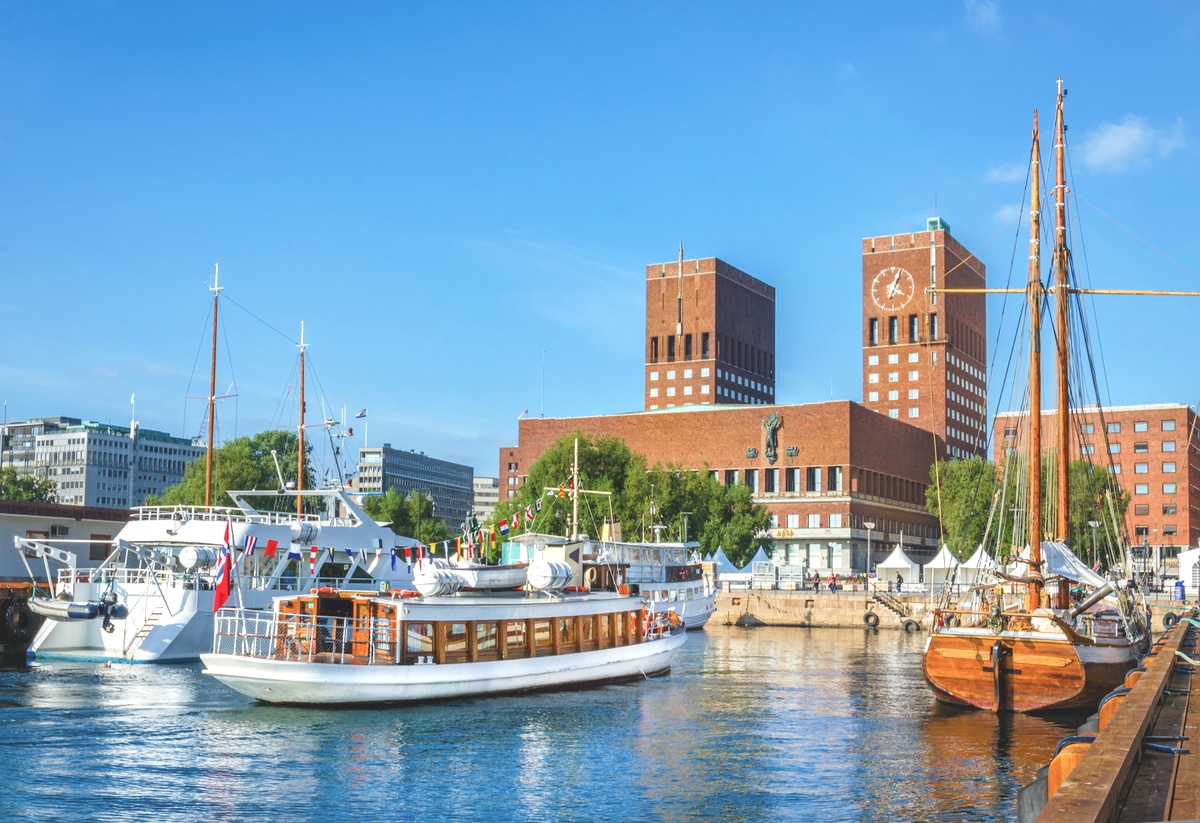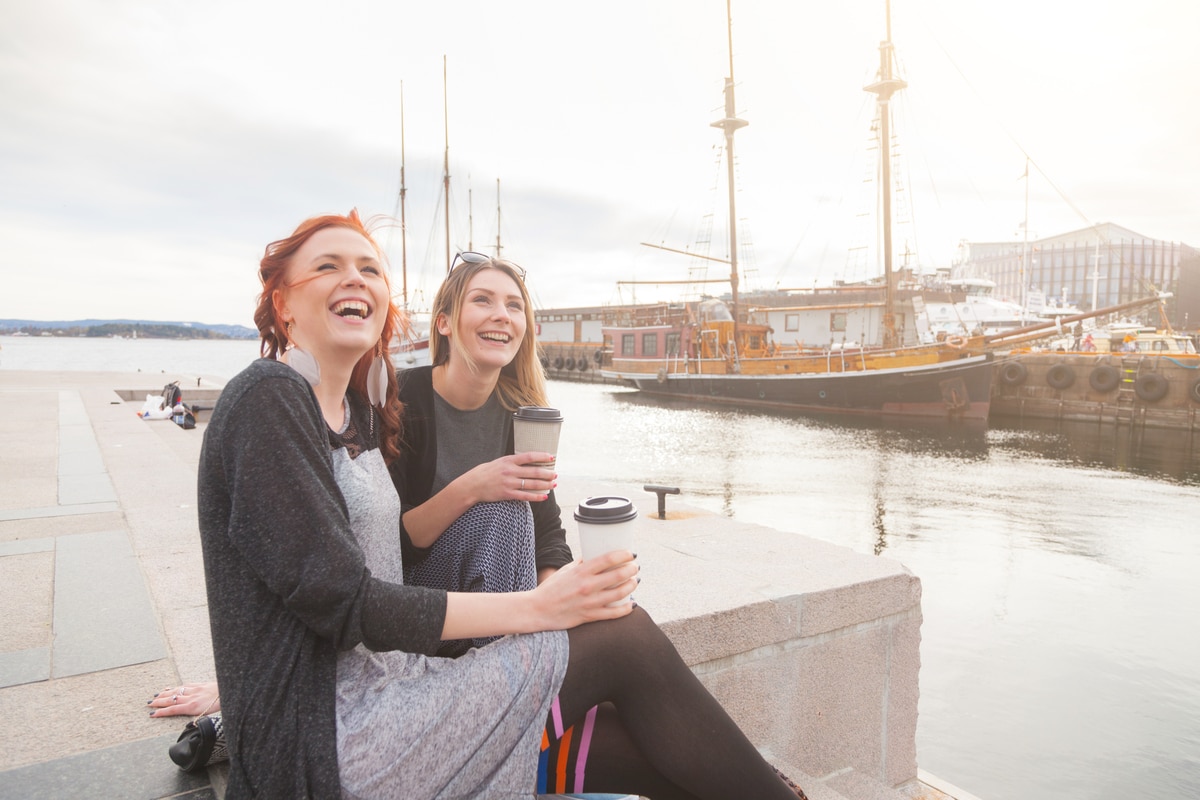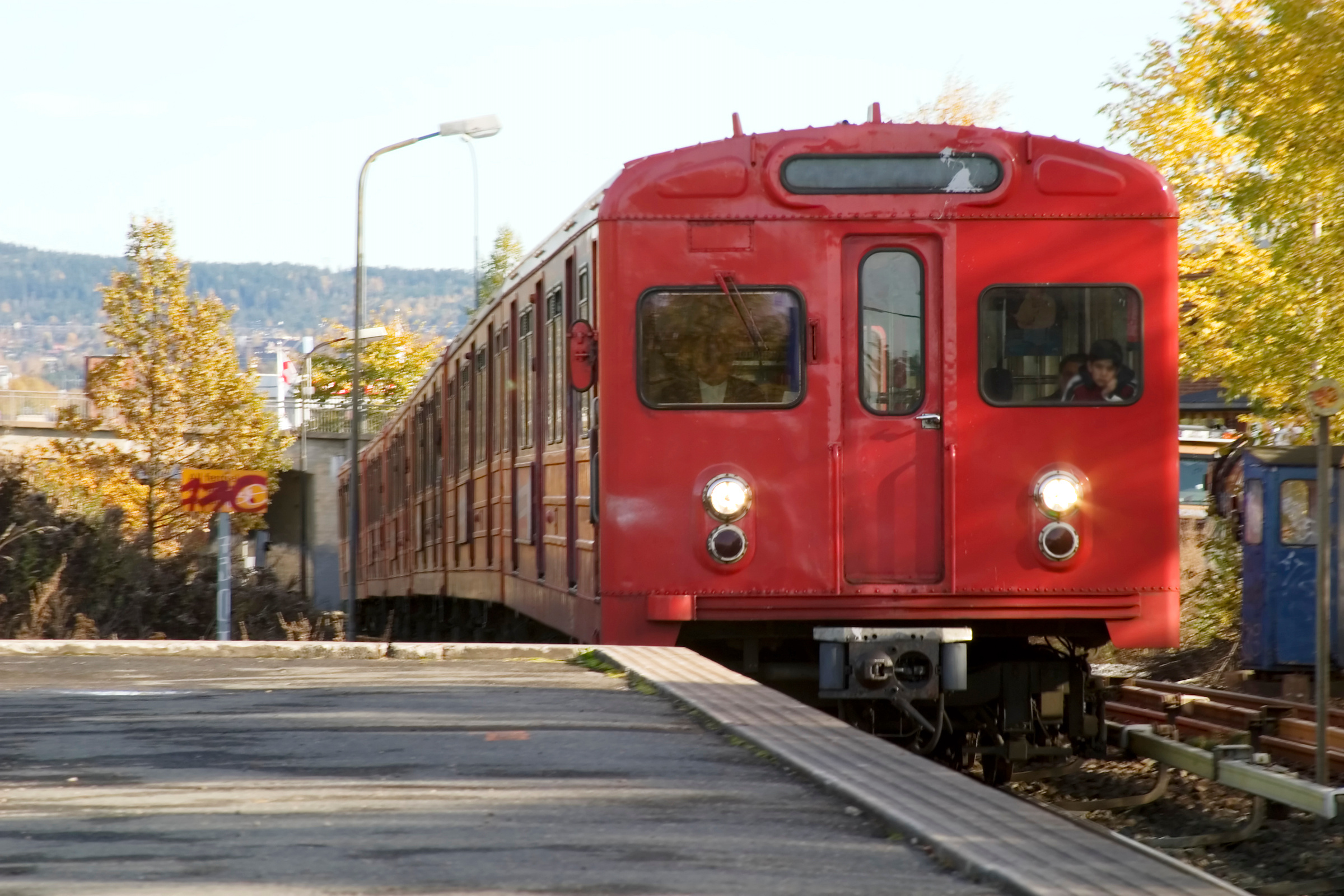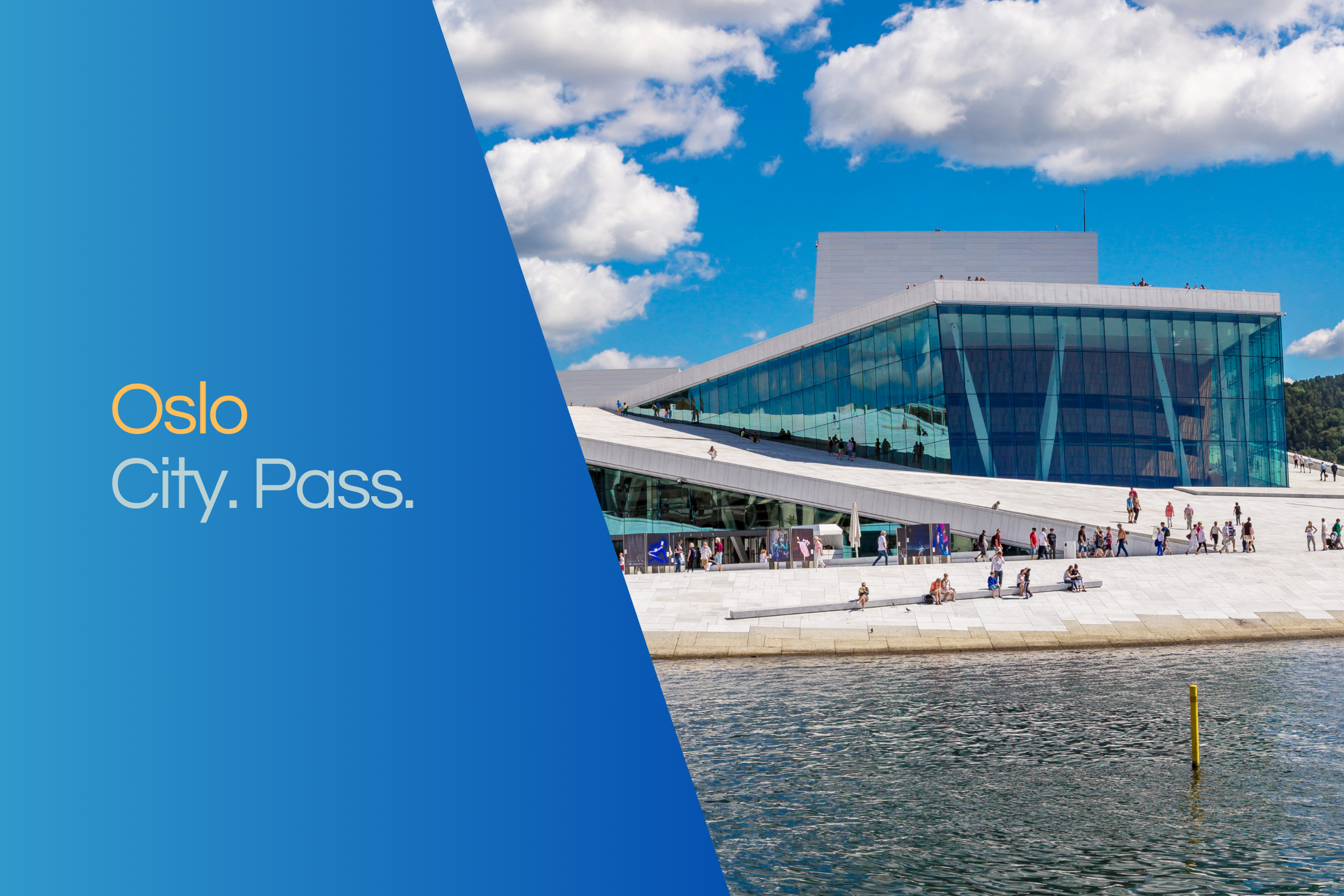Natural History Museum
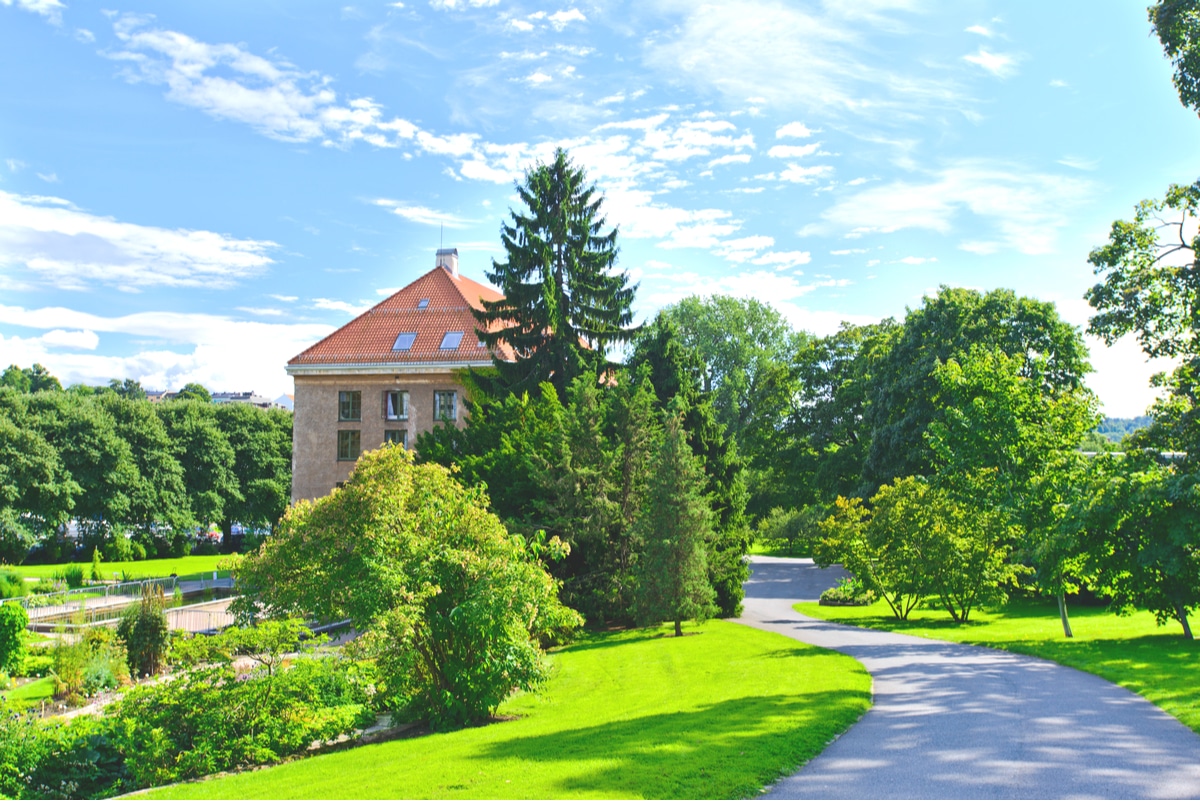
Naturhistorisk Museum
Visitors can look forward to a varied program as plant specimens, animal specimens, stones, minerals, fossils as well as meteorites are examined and housed here. These include an original stone from the moon, brought by members of the Apollo 17 crew.
Bird lovers will also get their money's worth. The bird collection, which is well worth seeing, contains more than 100,000 objects that have been preserved for science. These include complete skins, skeletons, bones, eggs, blood and DNA for molecular analysis.
Darwinius fossil "Ida"
One of the main attractions of the museum is the precious Darwinius fossil "Ida" in the permanent exhibition "Stones and Bones". This is a small lemur-like primate from the Eocene. The exceptionally well-preserved fossil was found in 1983 near Darmstadt in the Messel Pit. In 2007, the museum bought it from a private collection in Wyoming for around 750,000 US dollars.
The remains of the female primate are around 47 million years old and have been intensively studied by the Norwegian scientist Jørn H. Hurum. The skeleton of the Tyrannosaurus, which can be experienced up close, is also impressive.
Also worth seeing are the lifelike copies of a bird rock and a beaver dam. In addition, guests can expect an international exhibition that presents parts of the Arctic animal world up to chimpanzees and okapis in African rainforests.
Experience plant diversity
About 35,000 plants and 7,500 plant species comprise the collection, which is spread over 15 hectares.
The two exhibition greenhouses, Palmehuset and Victoriahuset, with their gigantic water lilies from the Amazon and many other exotic plants, represent a real recreation area for the city's inhabitants.
The plants in the "Grandmother Garden" were gathered from old gardens in southeastern Norway. This part of the garden was specially designed for dementia patients, as familiar smells, nostalgic benches and other traditional elements are intended to provide comfort and improve memory.
The Café Handwerk offers regional and organic food. Alternatively, you organize your own picnic on a designated meadow.
Special features include thematic gardens such as the Viking Garden, where children can learn more about the food preferences and natural resources of the Vikings.
Events such as markets or other activities such as plant coloring or carving are held here regularly. Viking Day is celebrated on August 25.
Also characteristic are the sculptures made of willow wood, which were erected in May 2014. Among the largest and most imposing specimens is Moe's willow bench. However, the "Apple of Knowledge" in the herb garden, the collection of mushrooms in the southern end of the garden, or the herd of sheep have also proven to be popular photo motifs.
Opening of the Climate House
An exciting extension for the communication of climate and environmental research is the Climate House. Discussions, exhibitions and film screenings will take place here. For example, visitors can learn more about ways to contribute to climate protection or about how the weather is created. Another firmly planned component of the facility is a greenhouse.
